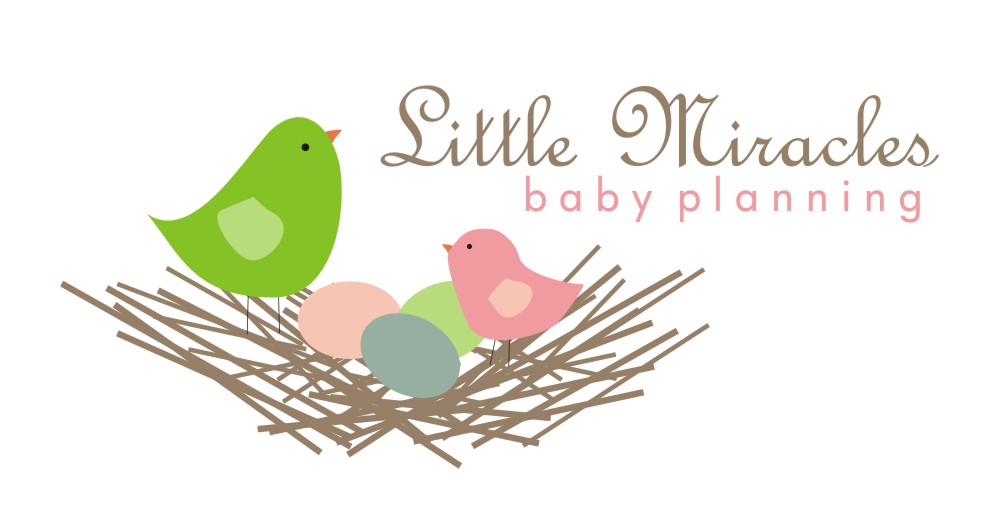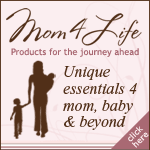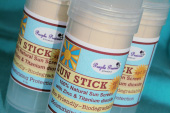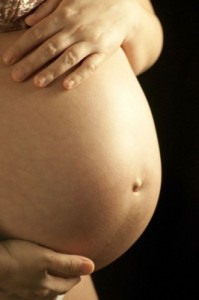
I’m always looking for more healthy ways to prepare and serve meals to my family. There is a lot of talk nowadays about the harmful effects of PTFE and PFOA used in Teflon based non-stick cookware. Studies have shown that Teflon coated pans release perfluorooctanoic acid (PFOA), a "likely carcinogen" and other chemicals when heated to 360 celsius, admittedly far above normal cooking temperatures. PFOA has been linked to cancer and birth defects in animals and is in the blood of 95 percent of Americans, including pregnant women.
I came across the Cuisinart GreenGourmet Eco-Friendly Cookware and was pleasantly surprised by what I found out. I try to cook mostly without my non-stick cookware but I hate using oil when I don’t have to and I hate the messy clean-up from my regular pans. So I decided to give the GreenGourmet skillet a try.
WOW. That just about sums up my description of this product. I’m seriously so impressed that I just had to share my find with other mothers who might be looking for similar products. This skillet is truly better than any non-stick pan I’ve tried. Eggs come right off without using any oil, butter or spray! Nothing sticks to this pan, and you can cook extra healthy meals by not needing to use oils or butter.
A little more about the cookware:
Cuisinart GreenGourmet cookware is good for the environment because is uses manufacturing techniques that reduce harmful carbon emissions by consuming less energy. Featuring a ceramic-based nonstick coating made without the use of petroleum, exclusive Cuisinart Cermica cookware helps to conserve our natural resources and lets you cook with a good conscience. Rest assured that Cuisinart uses only packaging that is made for 100% recycled materials and is printed with soy ink. Beautiful stainless steel handles stay cool on the stovetop and are constructed of 70% recycled stainless steel-great protection for you and the environment! It can go directly into the oven and be used for top-browning and broiling foods unlike traditional nonstick surfaces. Energy-efficient and eco-friendly with the same high standard of quality you expect from Cuisinart, this collection proves it's easy being green.
I truly recommend this cookware for anyone looking for either a greener/safer way to cook or an all-around better non-stick pan!

.png)
































